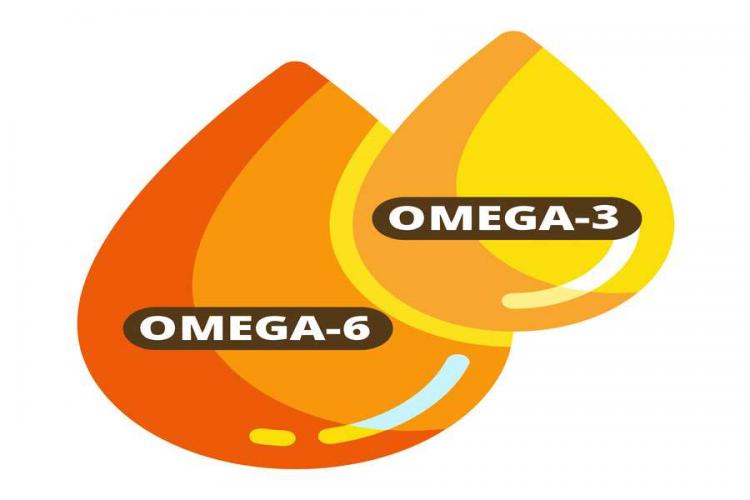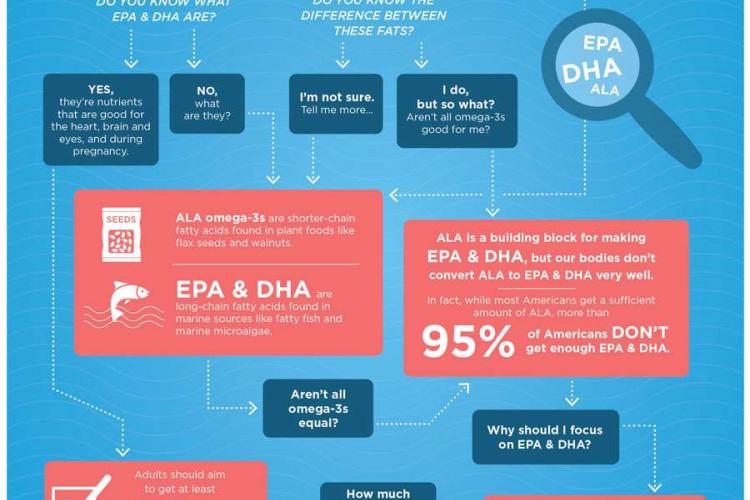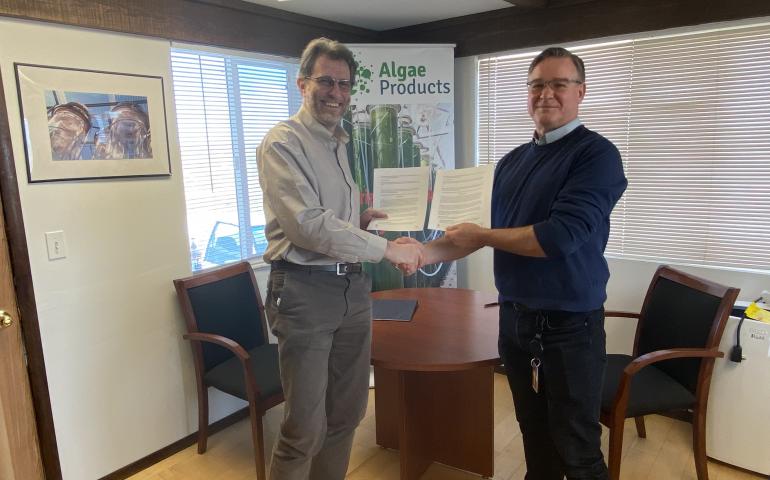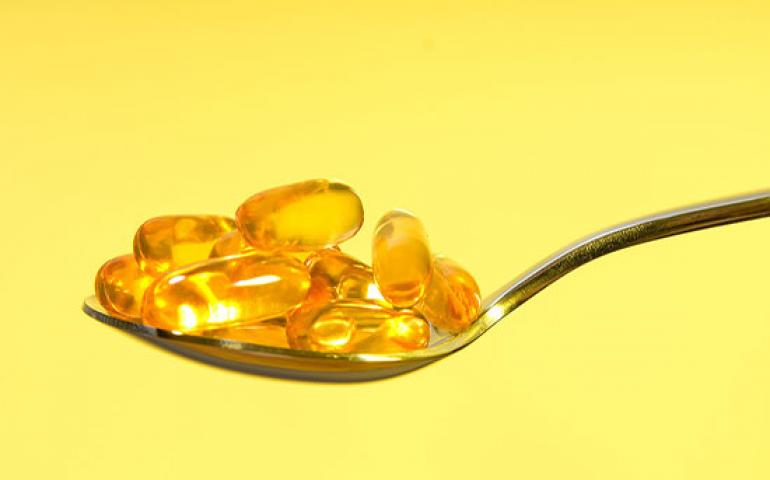The two major classes of polyunsaturated fatty acids (PUFAs) are the omega-3 and omega-6 fatty acids. Like all fatty acids, PUFAs consist of long chains of carbon atoms with a carboxyl group at one end of the chain and a methyl group at the other. PUFAs are distinguished from saturated and monounsaturated fatty acids by the presence of two or more double bonds between carbons within the fatty acid chain.
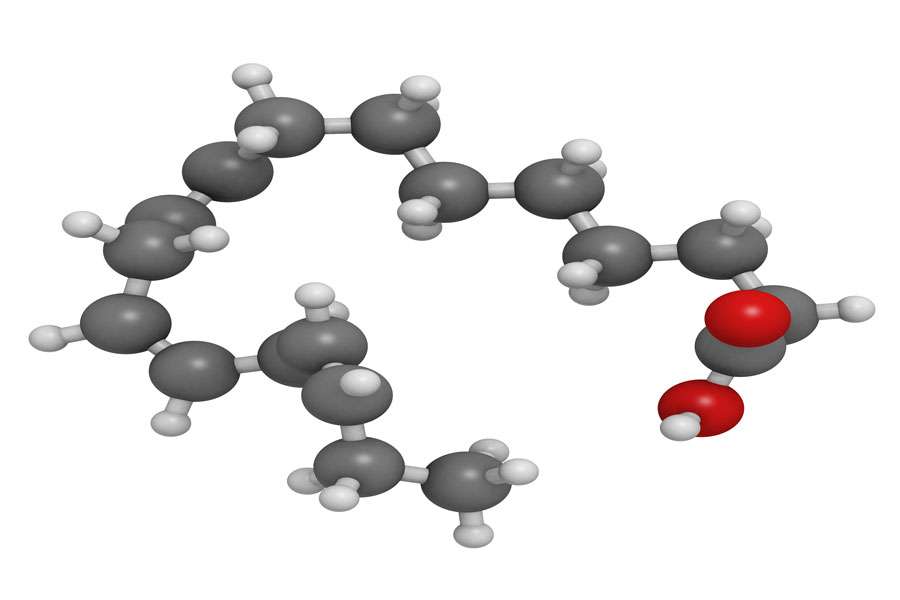
Alpha-linolenic acid, or ALA, is a poly-unsaturated fatty acid (or PUFA) found in plants such as soybean, flaxseed, and rapeseed (canola). It is one of the three main omega-3 fatty acids, the other two being DHA (docosahexaenoic acid) and EPA (eicosapentaenoic acid), which are synthesized by microalgae and, because fish and crustaceans eat phytoplankton which have a diet consisting of microalgae, also end up in fish and seafood.
ALA consists of a chain of 18 carbon atoms. Poly-unsaturated fatty acids are characterized by the fact that they have double (=unsaturated) bonds between carbon atoms in multiple ("poly" in Latin) locations in the fatty acid chain. ALA has three such double bonds. The term "omega-3" is derived from the fact that omega is the last letter in the greek alphabet and the first double bond between carbon atoms in ALA is located 3 carbon atoms away from the tail end of the chain, hence omega-3. Sometimes omega-3 is referred to as n-3 and since ALA has 18 carbon atoms, 3 double bonds and is an omega-3 fatty acid, its shorthand-code is C18:3n-3.
ALA is also a so-called essential fatty acid, because the human body does not synthesize ALA and therefore people need to get it from their diet.
Do you know why omega-3s are important for your health? Do you know the difference between ALA, DHA and EPA? Test your omega-3 IQ at alwaysomega3s.com

